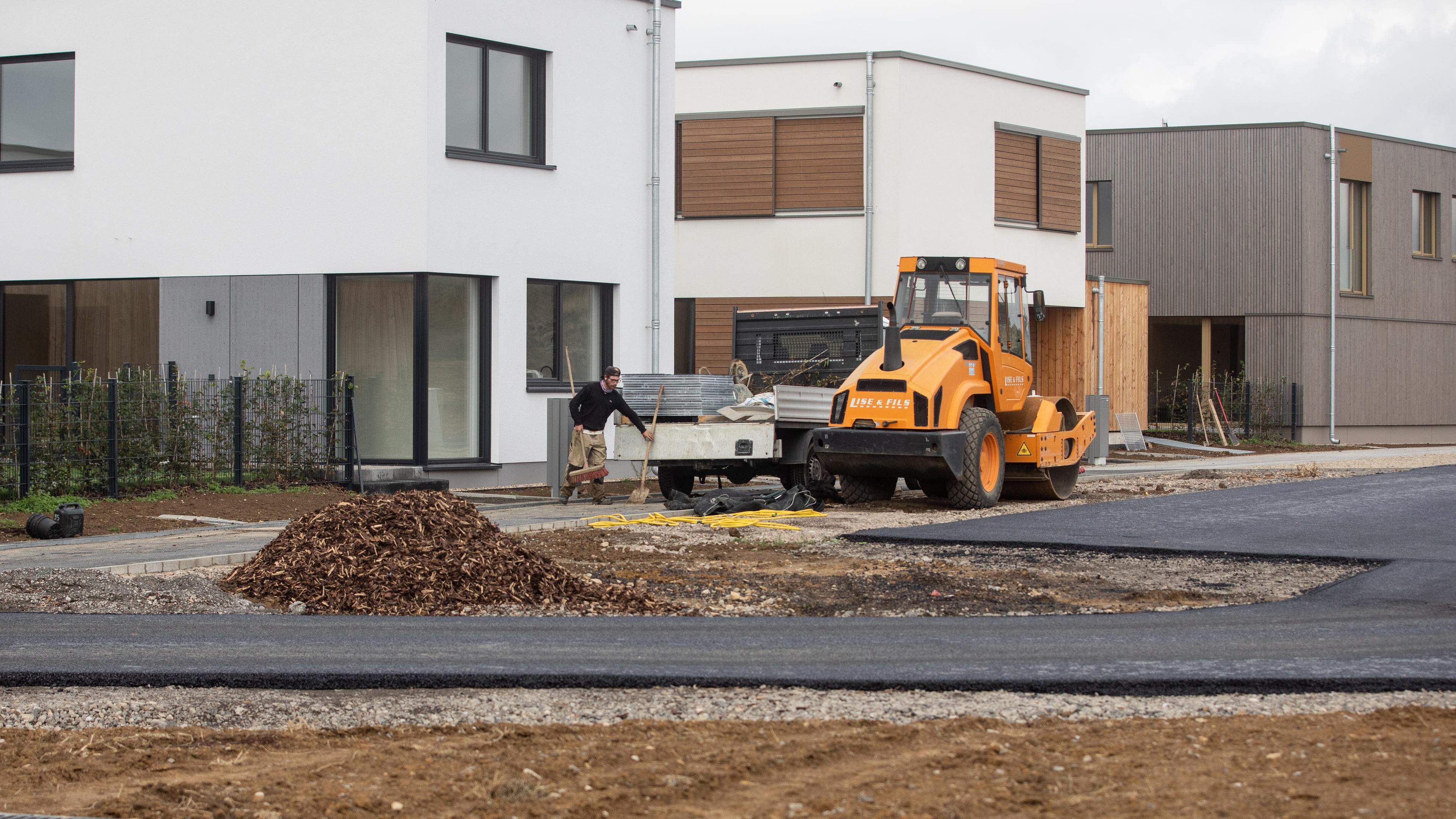How to respond when you see it

Danes are used to seeing blue, yellow and red flashes in traffic, but now a new color is getting a seat on the road network.
An experimental scheme that allows volunteer lifeguards to run with green flashes on the roof has come into force on March 1st.
The purpose is to increase the visibility of heart runners and 1-1-2 emergency helpers who are on their way to providing life-saving first aid.
However, green flashes do not give permission to break the traffic rules. Motorists should not give way or change driving, but are encouraged to show consideration, for example by omitting overhaul or keeping away.
The trial scheme, which runs until the end of 2025, has to determine if the green flash makes a real difference in emergency situations.
Colored flashlights have long been part of the Danish road network.
Blue flashes are used by police, fire departments and ambulances, while yellow flashes are used for slow -going vehicles and road work.
Red flashes are used by the Danish Transport Agency when checking trucks.
With the introduction of the green flash, heart runners get a new visibility in traffic, but the question is whether it creates the desired effect.
Among those who welcome the scheme is Heart Runner Steffen Jørgensen from Ærø. He has experienced several times that it could have been an advantage to signal that he was on an urgent task.
« Not because people have to respond violently, but more so they know that if they are not busy or have the opportunity to hold back, then it will be nice, » he explains to Newspaper Denmark
However, the scheme also meets skepticism from actors such as FDM and the Danish Council of Review, which asks questions about the effect and fears confusion among motorists.
The experiment will therefore be evaluated to assess whether the green flash should be made permanent in Danish traffic.







